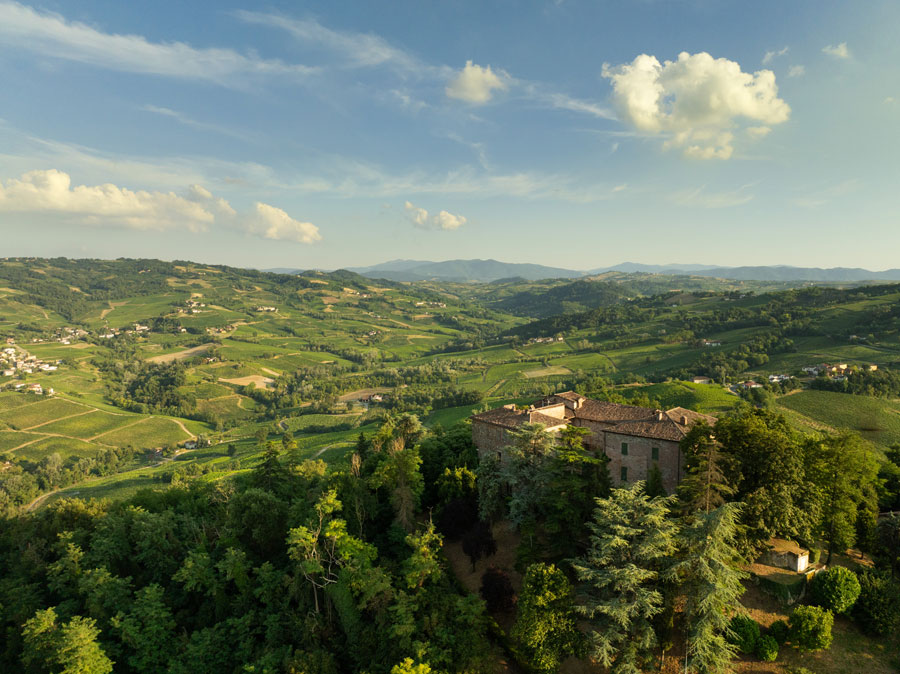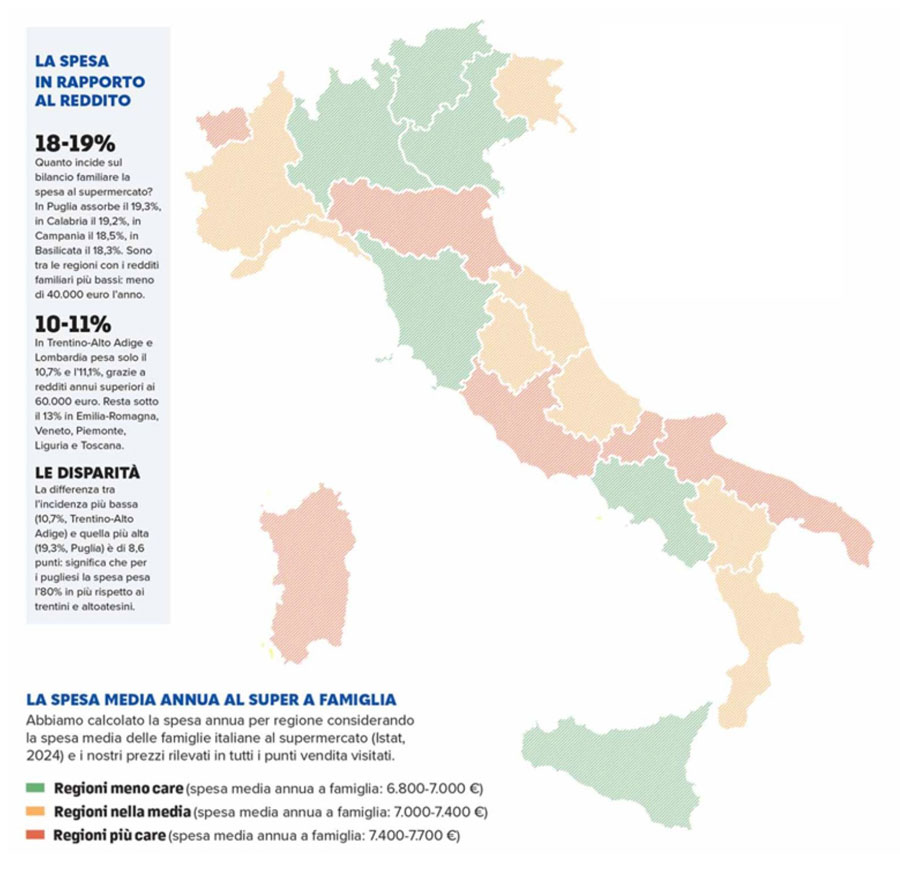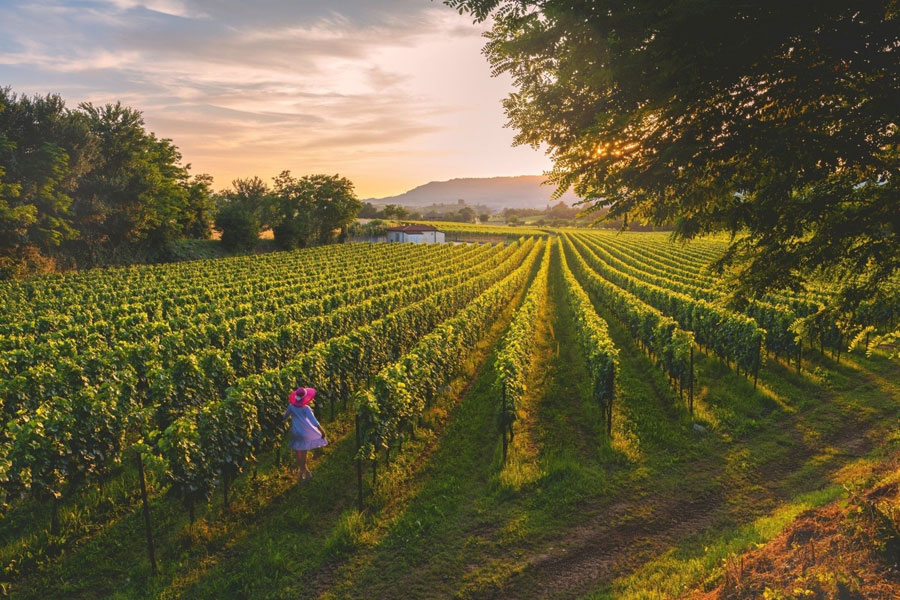Ars Sine Finibus, the cross-border artistic project part of GO! 2025 European Capital of Culture, will feature the Collio and Brda regions, contemporary art, and viticulture in a shared journey of sustainability and dialogue.
A CROSS-BORDER PROJECT BETWEEN ITALY AND SLOVENIA FOR THE EUROPEAN CAPITAL OF CULTURE GO! 2025.
In 2025, Gorizia and Nova Gorica will jointly be the European Capital of Culture, under the banner of GO!2025, a program created to celebrate the shared heritage, intertwined cultures, and histories of two cities that, despite belonging to two states, have always represented a single soul.
Within this ambitious cultural container, “ Ars Sine Finibus ” is grafted, a cross-border artistic project desired and proposed by Robert Princic ‘s Gradis’ciutta company and Matjaž Četrtič ‘s Ferdinand company, which aims to transform the vineyards of Collio and Brda into a permanent art park , thanks to installations created by young Italian and Slovenian artists , who worked together, called to imagine a sustainable future through natural materials and creative languages.
An initiative that blends art, territory, sustainability, and historical memory, symbolically—and concretely—overcoming the Italian-Slovenian border through the expressive power of art and cooperation.
But that’s not all. The art of Marco Nereo Rotelli, an internationally renowned artist known for his ability to blend poetry, light, music, and matter, will take center stage with the installations “So(g)no,” two large multisensory spheres designed by him. The works, which can be visited inside, have a diameter of 4 meters and are made of COR-TEN steel, an eco-sustainable material.
The project, curated by gallery owner Salvatore Marsiglione , involves the Gradis’ciutta wineries of San Floriano del Collio and Ferdinand nel Brda, “twin” areas, and is made up of two immersive installations that pay homage to the land and poetry, starting from a simple symbol: the grape, conceived as the “house of language” .
Rotelli inlays the illuminated grapes with poetry, involving the poets Aleš Šteger (Slovenia) and Valerio Magrelli (Italy).
Inside Giorgio Celiberti, famous A Friulian artist with an international exhibition program , who intervenes within the works by presenting a series of 25 ceramics that create a panorama, a ” Via Lucis ,” which transforms from informality into natural form. This celebrates the union and fusion between international art and local culture, through its most illustrious artist.
Of great significance is the contribution to the work of Professor Riccardo Valentini , a Nobel Peace Prize-winning scientist with the IPCC, one of the pioneers of terrestrial carbon flux measurements, who coordinated a global network of over 600 flux towers (FLUXNET) located in different ecosystems around the world and is the lead author of the IPCC Special Report on Climate Change. He contributes to “So(g)no” with the “Tree talking” system he patented, installed here on the vines planted near the spheres, generating a synergy between humanity and the earth, generating vines and life .
The music that spreads through the spheres is by Alessio Bertallot , a well-known radio host, musician, and DJ. The poems of Valerio Magrelli and Aleš Šteger are dispersed, immersed, and fragmented in “Remota,” his sound work. They are flashes of voices from poetic depths, barely perceptible as human communications between distant places. “Remota” is an allusion to the Age of Hermetic Intoxication, which distances us from the center, from concentration on the meaning of life, but forces us into a labyrinth of boundaries. A recording and composition work presented as a world premiere. “So(g)no” seeks to evoke the dreamlike-artistic message of unity between languages, nations, and men.
The project partners of Ars Sine Finibus are Sinefinis and the companies Gradis’ciutta and Ferdinand. These three entities are closely linked by an ongoing collaboration. Gradis’ciutta, a historic winery in San Floriano del Collio led by Robert Princic, has been a benchmark for years, not only for the region’s excellent winemaking, but also fully embodies the vision of a land without borders. Its vineyards grow on hills that speak two languages but share the same land. The winery applies sustainable practices, respects natural cycles, and promotes the idea of wine as an authentic expression of the cultural landscape.
Ferdinand , the creation of Matjaž Četrtič , represents the pinnacle of BRDA wine production and one of the most awarded wineries in Slovenia.
The friendship and shared vision of Robert Princic and Matjaž Četrtič , both born in 1975 and raised a few kilometers apart but separated by the border, gave birth in 2008 to Sinefinis – a classic method sparkling wine “Made in the European Union” – produced with Italian and Slovenian grapes, a wine and a company that have always been standard-bearers of the idea of overcoming political borders with the aim of rebuilding, through nature and its excellence, a unique and indivisible panorama.
In the intertwining of art and viticulture, the three entities confirm themselves not only as custodians of the land, but also as promoters of a culture without borders and a shared identity between Italy and Slovenia, capable of generating beauty, culture, and the future through dialogue . For Robert Princic and Matjaž Četrtič , supporting Ars Sine Finibus means advancing an idea of contemporary patronage , in which wine is not only a product but also a medium for dialogue between communities, generations, and cultures.
” Breaking down a border that has never really existed, except on maps: this is what we do every day, in our viticulture, in our relationships with the Italian and Slovenian families with whom we share the rows, and now also with art. We are proud to be a partner, once again, for Ars Sine Finibus. Supporting young people and contributing to cross-border culture is a responsibility for us, but also an opportunity. Throughout 2025, we will continue to open our doors to cultural projects thanks to GO!2025, because we believe that wine can be a tool for dialogue, just like art ,” say Robert Princic and Matjaž Četrtič.
Starting at 5:00 PM on Friday, September 5, the Gradis’ciutta winery (at Via Giasbana 32/a in San Floriano del Collio) will host the inauguration of the works and the awards ceremony for the competition for young artists under 35, presented by Andro Merkù, host of Radio Monte Carlo and a profound connoisseur of wine and local culture.
The young artists, evaluated by a jury of industry experts, will be the protagonists of the first part of the event, with Giorgio Celiberti welcoming. The afternoon will then feature a roundtable discussion entitled ” Young People and Nature Redefine the Future ,” featuring Professor Riccardo Valentini, Marco Nereo Rotelli, Alessio Bertallot, Ales Steger, Robert Princic, and Matjaž Četrtič.
The event will culminate with the discovery of the So(g)no installations by Marco Nereo Rotelli .
The project is supported by the GO!2025 Small Projects Fund of the Interreg VI-A Italy-Slovenia Programme.





